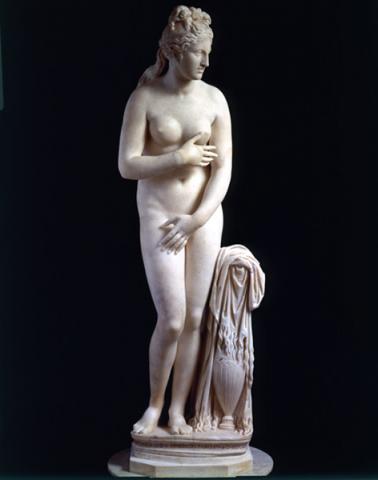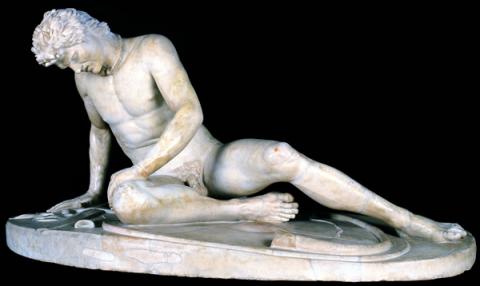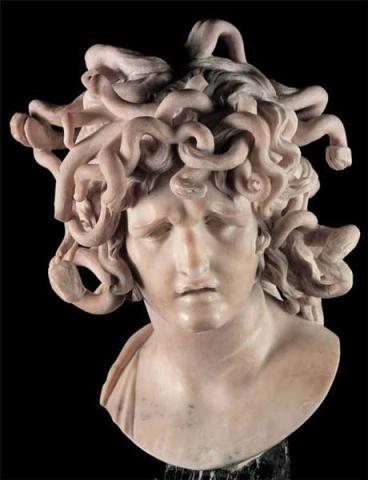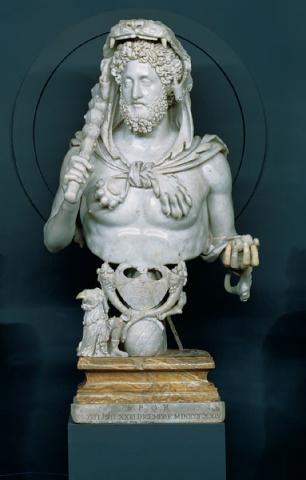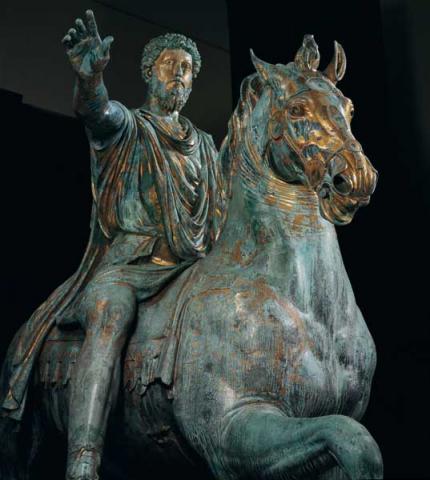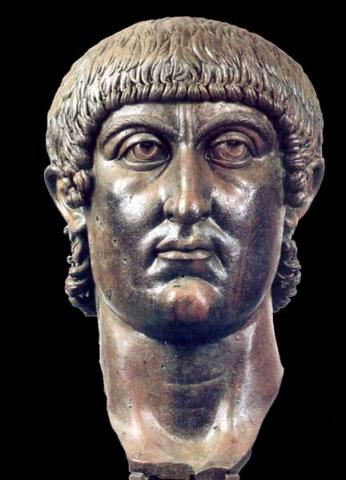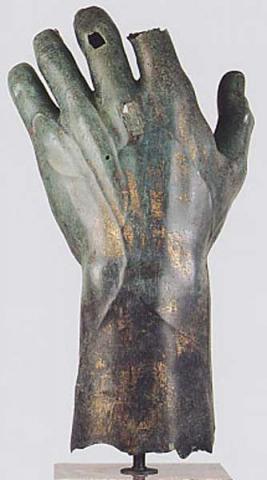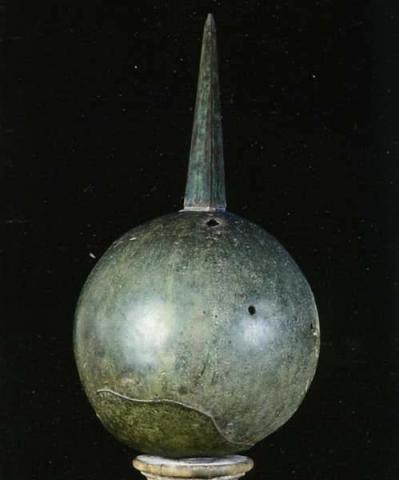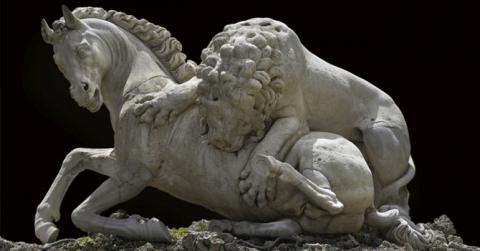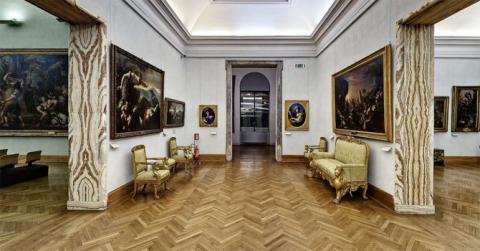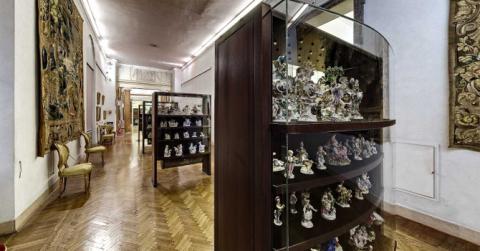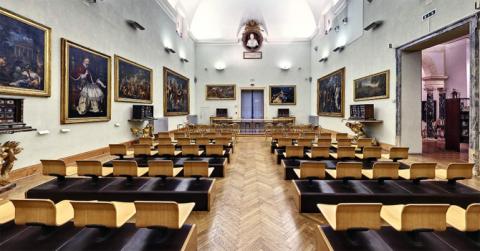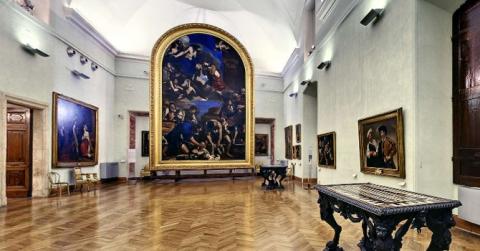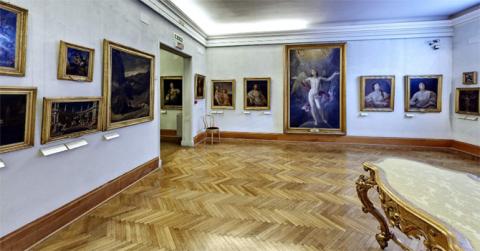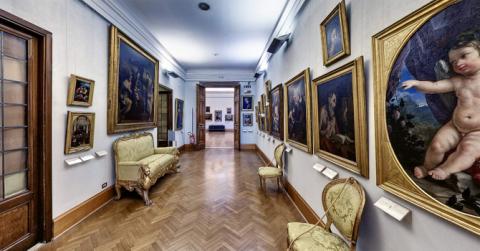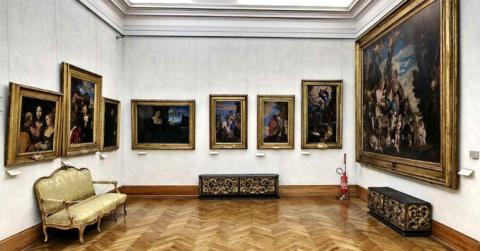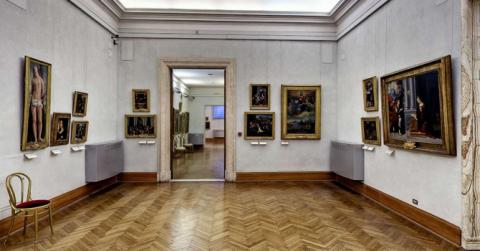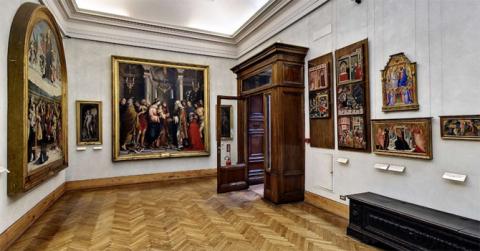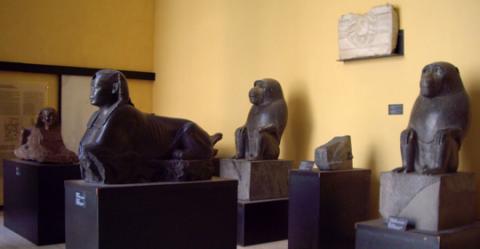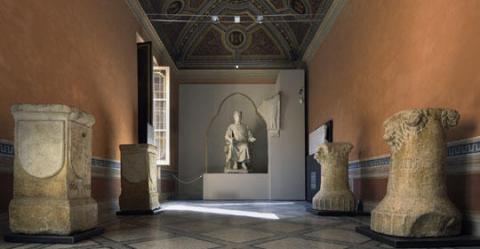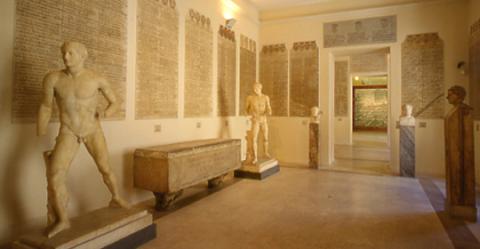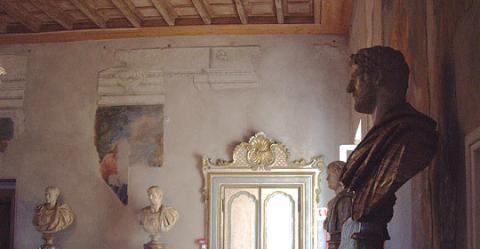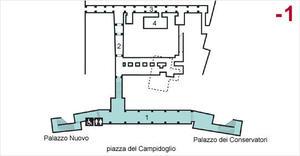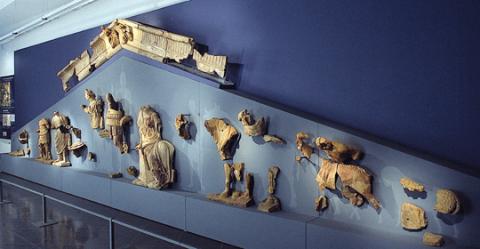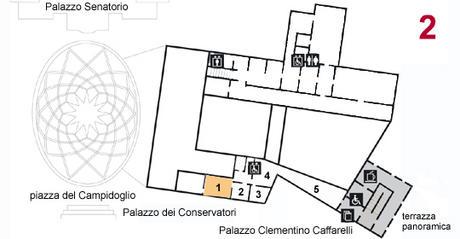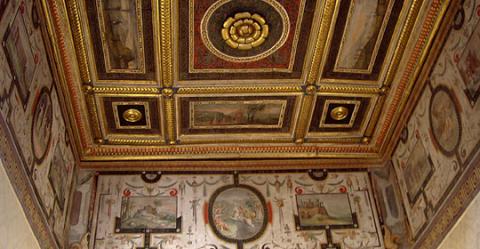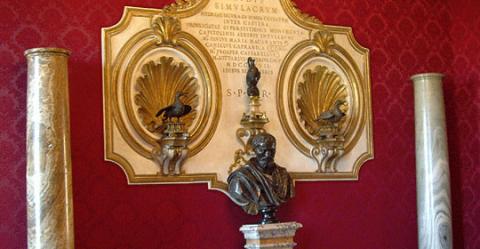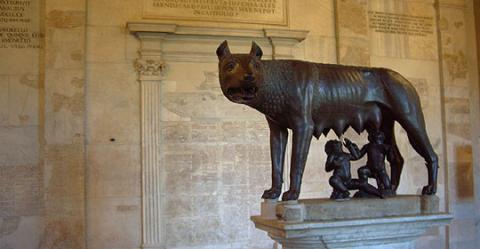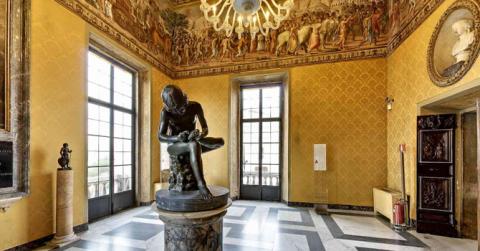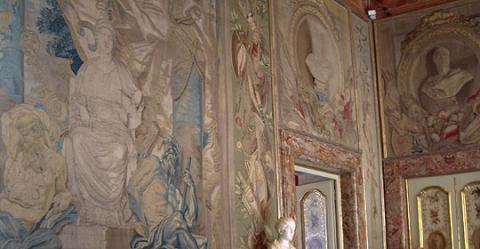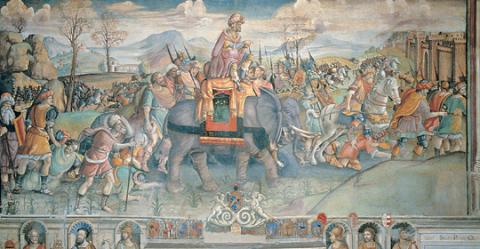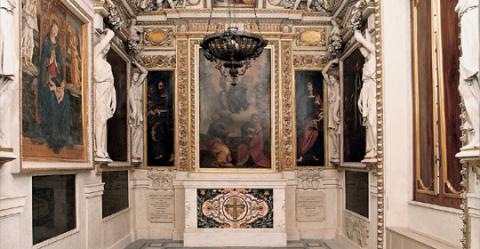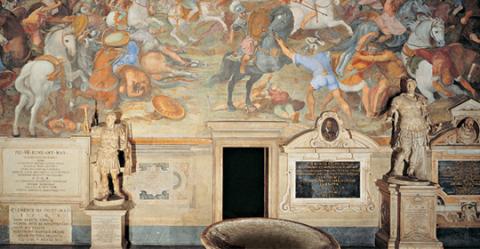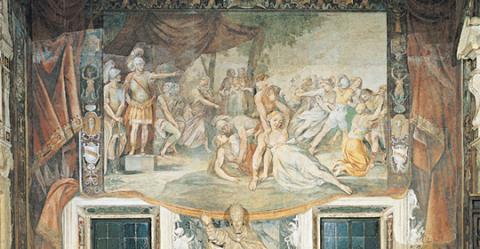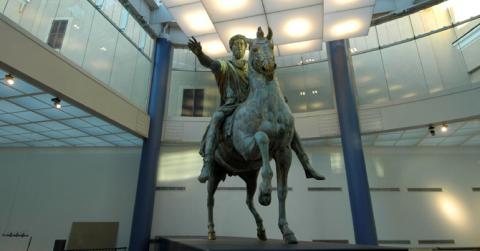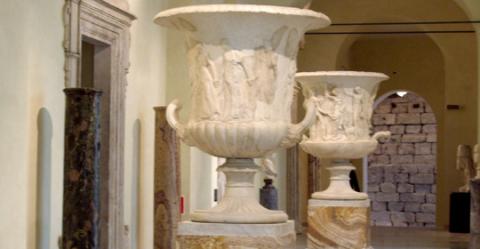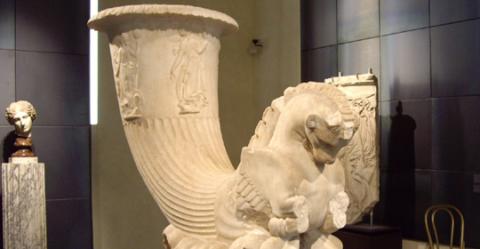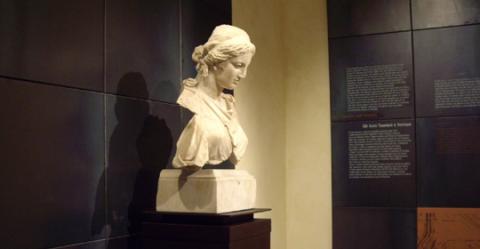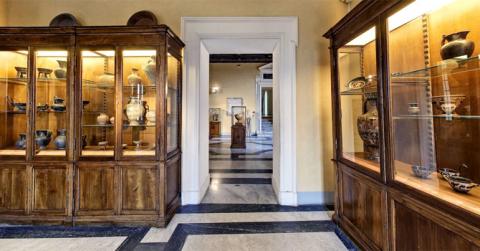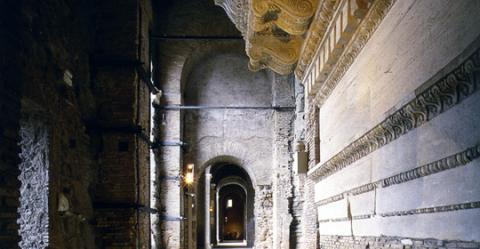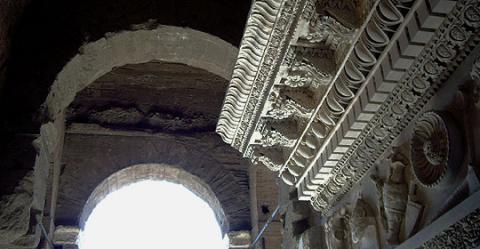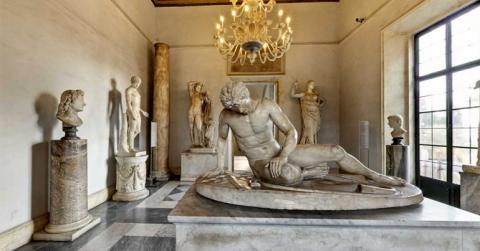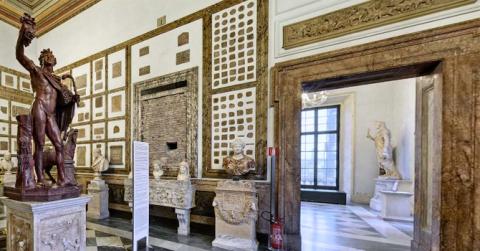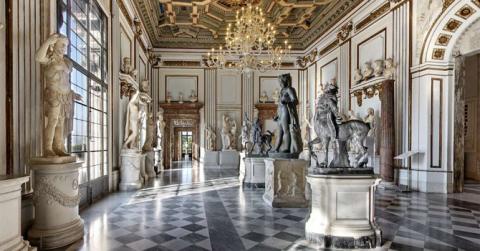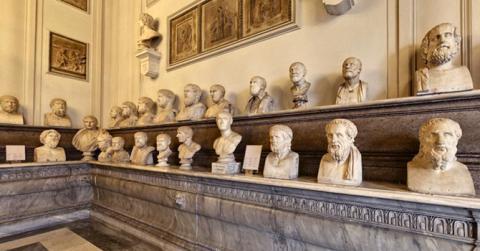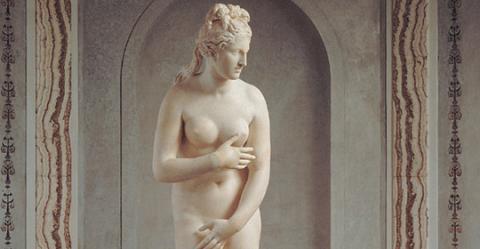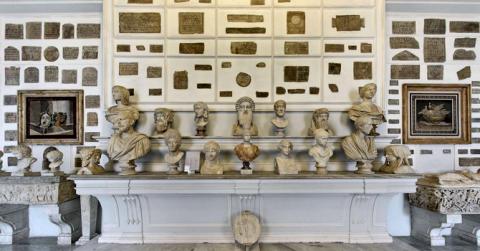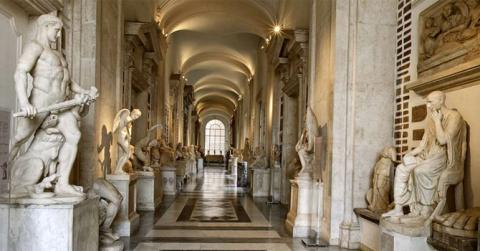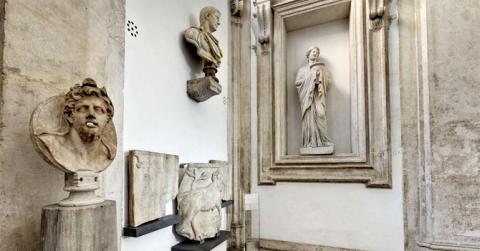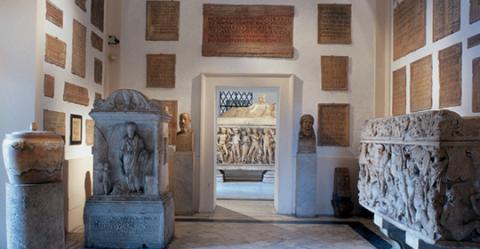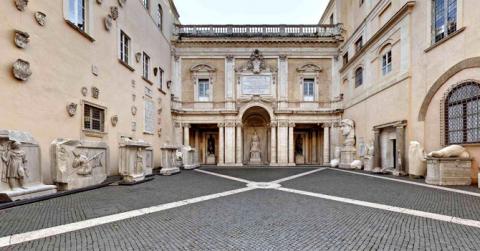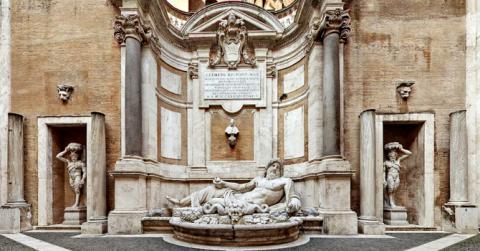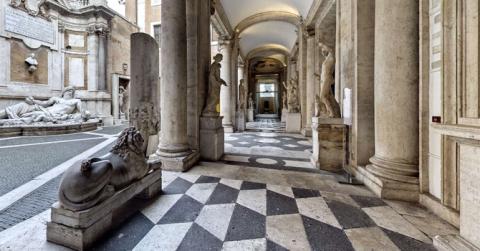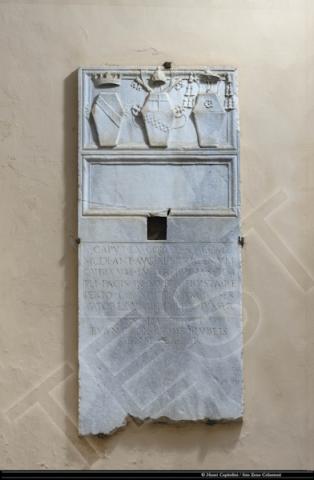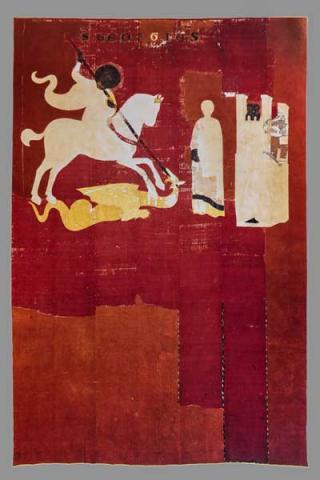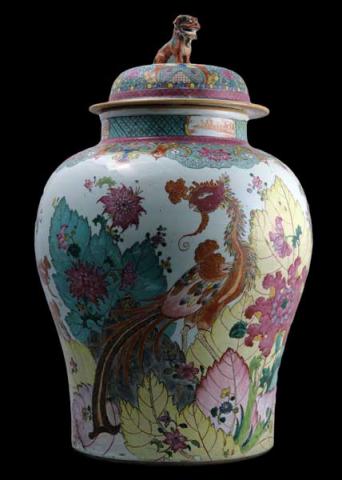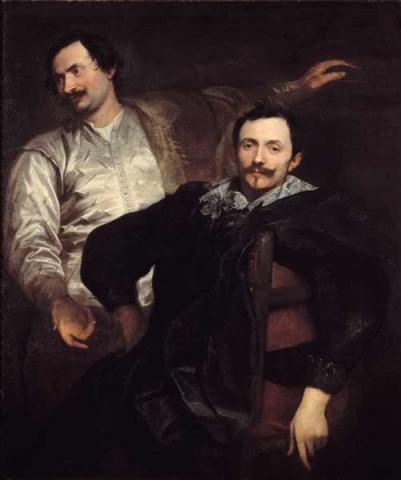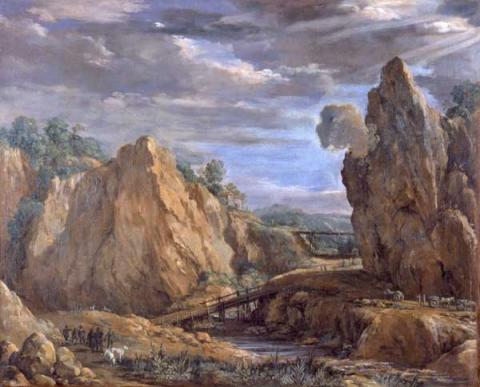Equestrian statue of Marcus Aurelius
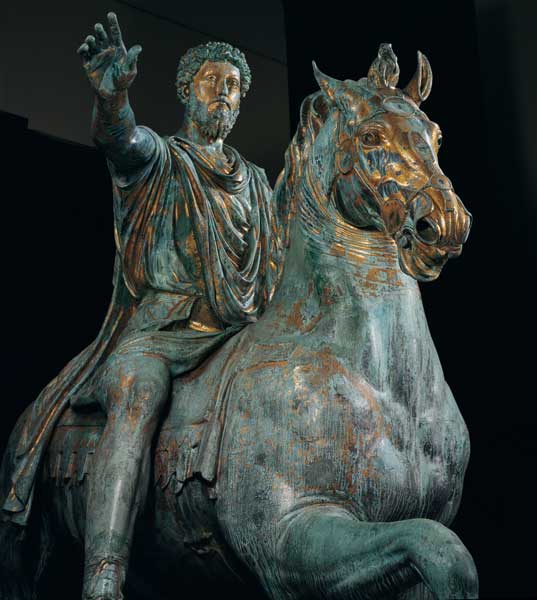
There is no mention of the equestrian statue dedicated to the Emperor Marcus Aurelius in ancient literary sources, but it was in all likelihood erected in 176 AD, along with numerous other honors on the occasion of his triumph over the Germanic tribes, or in 180 AD soon after his death. There were many equestrian statues in Rome at that time: late-Imperial descriptions of the areas of the city listed 22 such statues, called equi magni, that is larger-than-life-size, just like the monument to Marcus Aurelius. The latter statue, however, is the only one to have survived to the present, and by virtue of its integrity it soon assumed the symbolic value for all those who wished to present themselves as heirs to Imperial Rome. Its location in the Lateran is first recorded in the tenth century, but it is likely that it had been there from at least the end of the eighth century, when Charlemagne wanted to copy the layout of Campus Lateranensis when he transferred a similar equestrian statue, taken from Ravenna, to his palace in Aachen. In 1538 Pope Paul III ordered the Farnese family to have the statue moved to the Capitoline Hill, which had become the head quarters of the city's authorities in 1143. A year after its arrival, the Roman Senate commissioned Michelangelo to refurbish the statue. The great Florentine artist did not just limit himself to planning an appropriate site for the monument, but made in central element in the magnificent architectural complex known as the Piazza del Campidoglio.
Masterpieces of the hall
The hall
The new grand glass hall built inside what was called the "Giardino Romano" in Palazzo dei Conservatori today contains the equestrian statue of Marc Aurelius together with some of the major Capitoline bronzes, the Hercules in gilded bronze from the Foro Boario and the remains of the bronze colossus of Constantine.


























